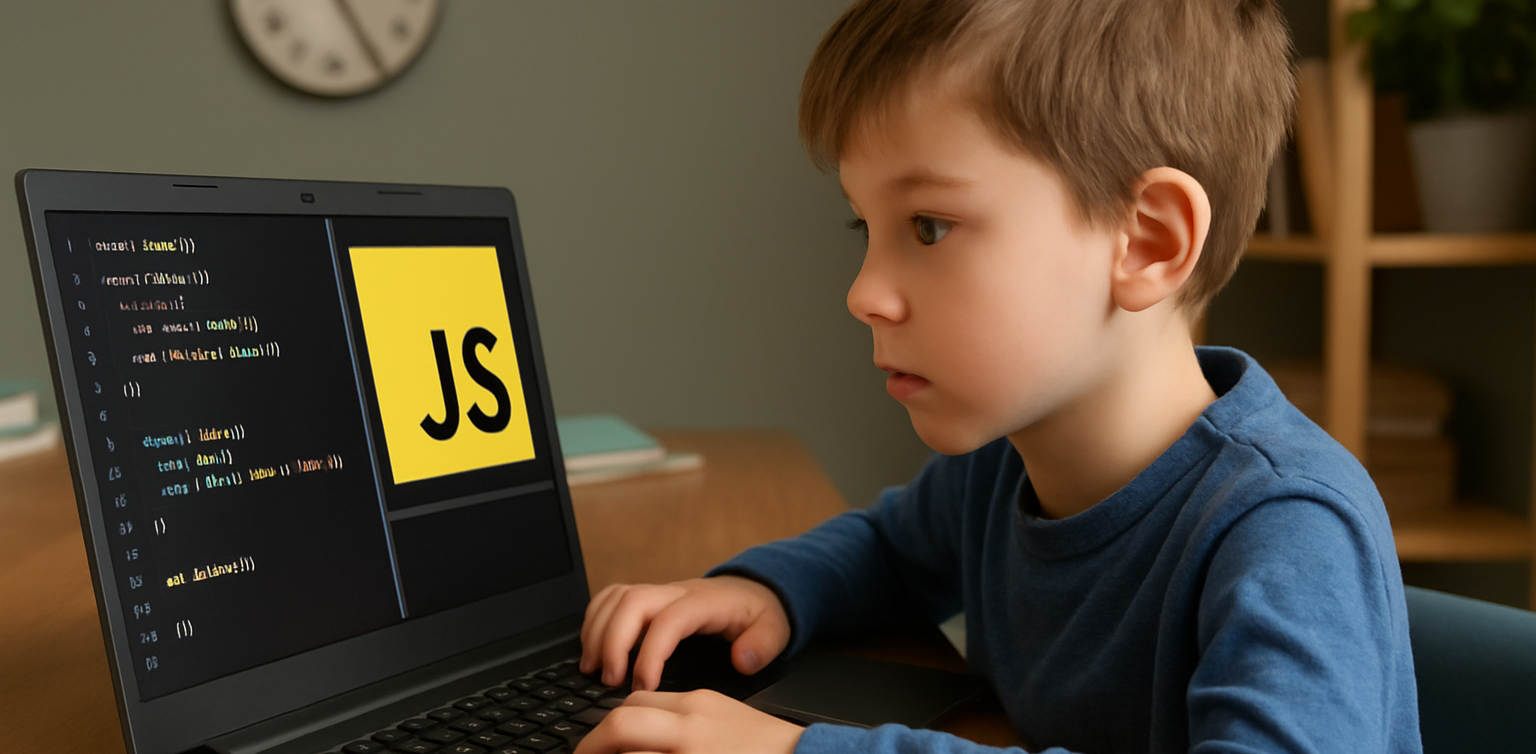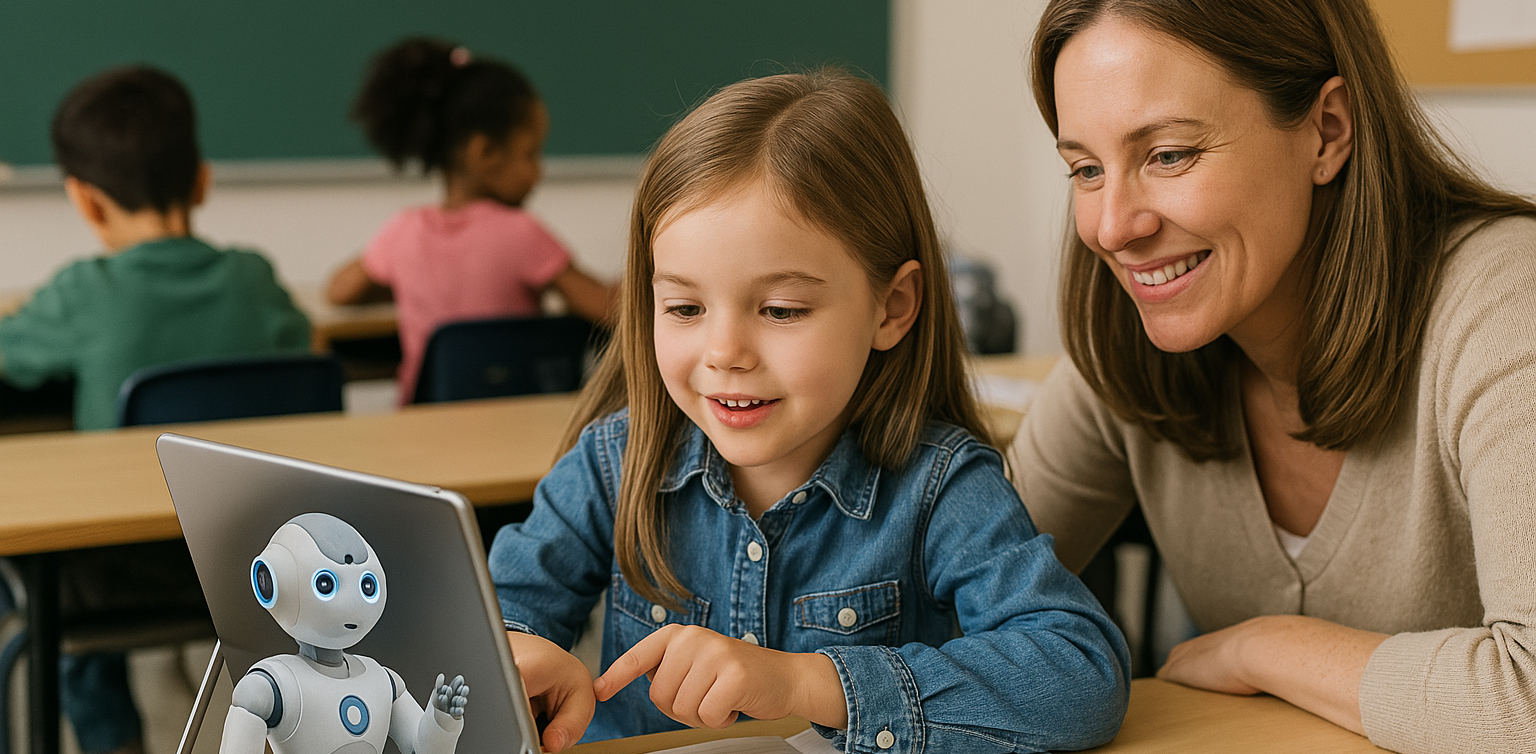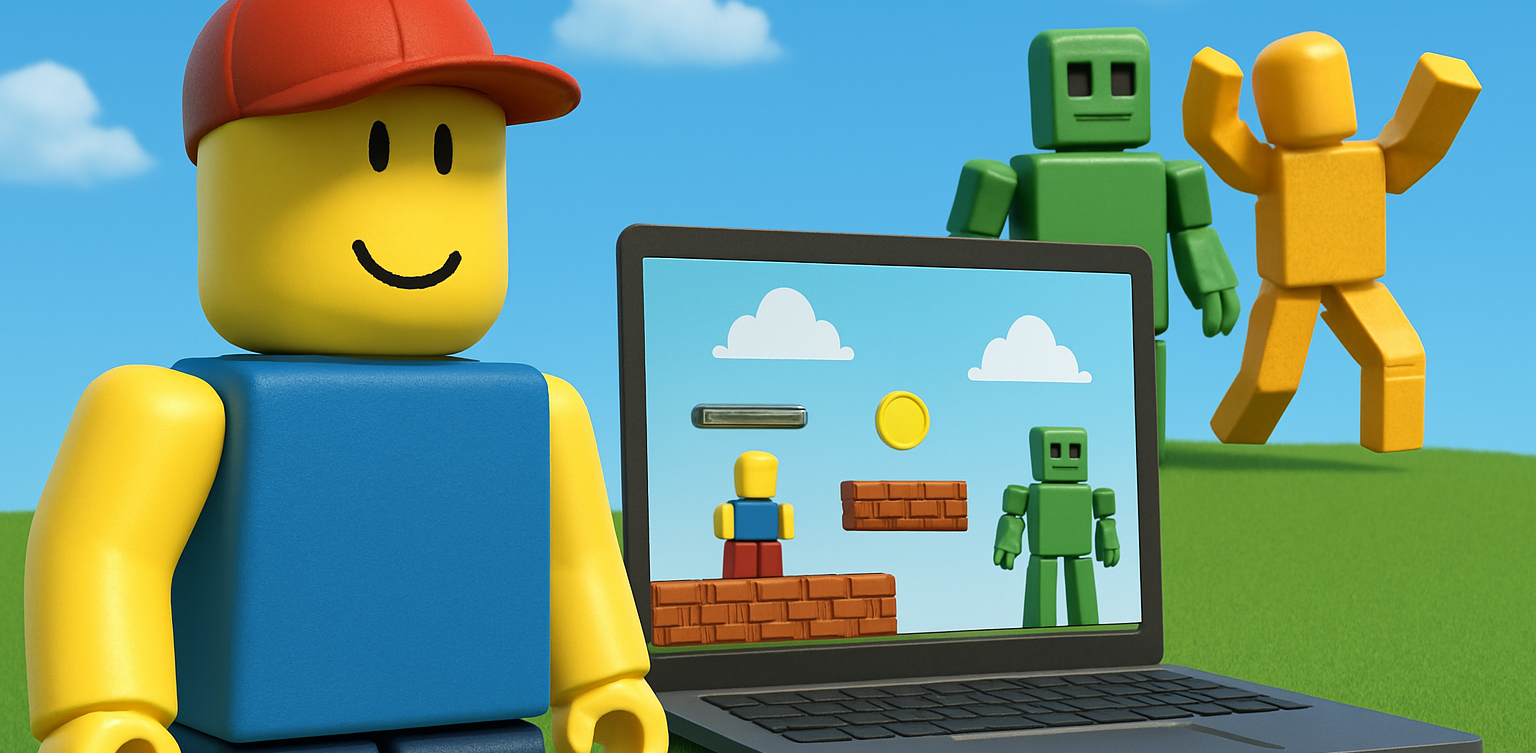Healthy Food Recipes for Kids: Delicious and Nutritious Ideas for 2025
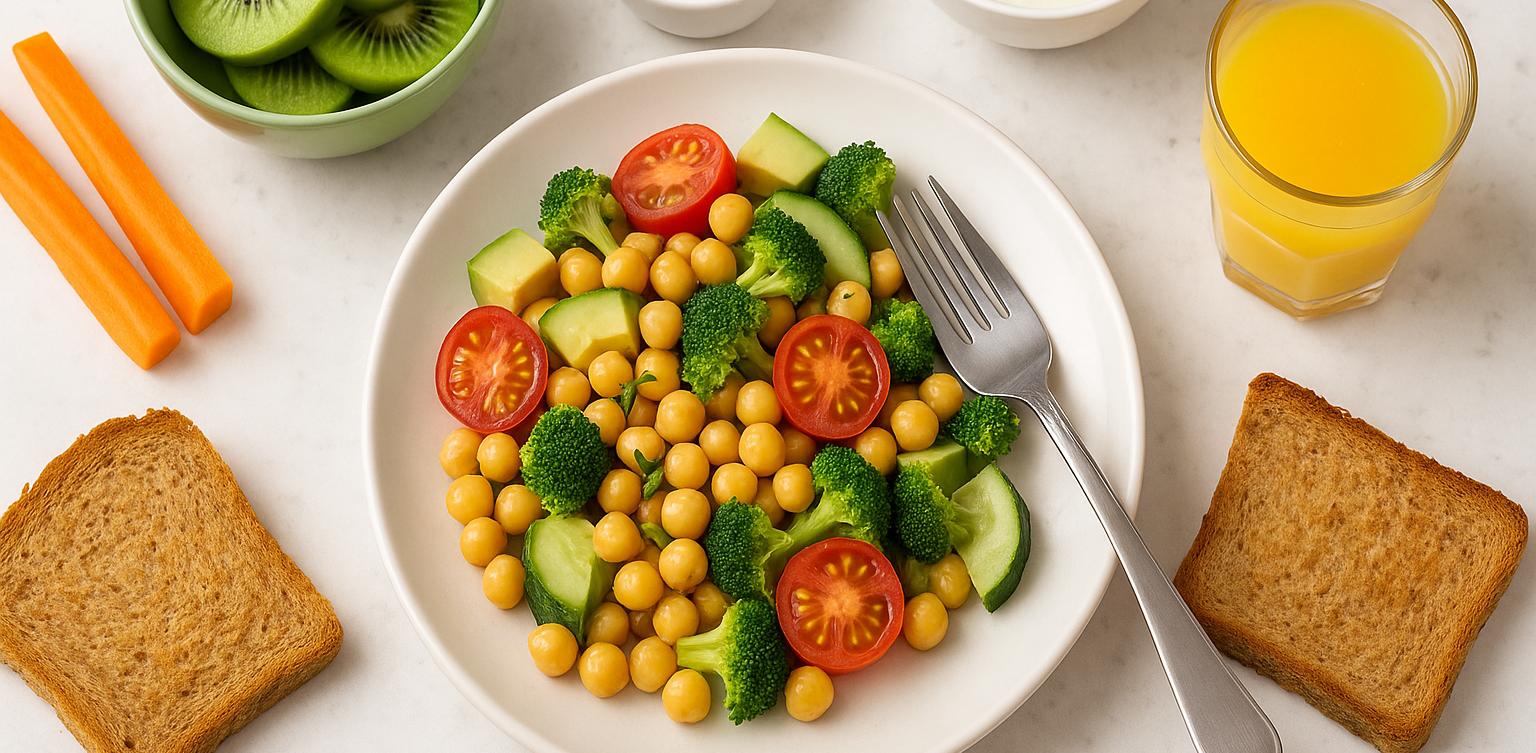
Finding healthy food recipes for kids that are both nutritious and loved by little ones can feel like a daily challenge. Many parents worry about picky eaters, sugar-filled snacks, and time-consuming meal prep. If you are searching for healthy food recipes for kids, you are in the right place.
This article features easy, tasty, and nutritious meals that support your child’s growth and make healthy eating more exciting. Whether for breakfast, lunch, or snacks, these healthy food recipes for kids are designed to be simple and kid-approved.
Why Healthy Eating Matters for Kids
Children need a balanced diet to grow strong and stay focused throughout the day. Healthy food recipes for kids help introduce essential nutrients like protein, fiber, vitamins, and minerals in fun and appealing ways. A variety of colorful, whole foods can encourage better eating habits and even reduce cravings for processed snacks.
1. Rainbow Veggie Quesadillas
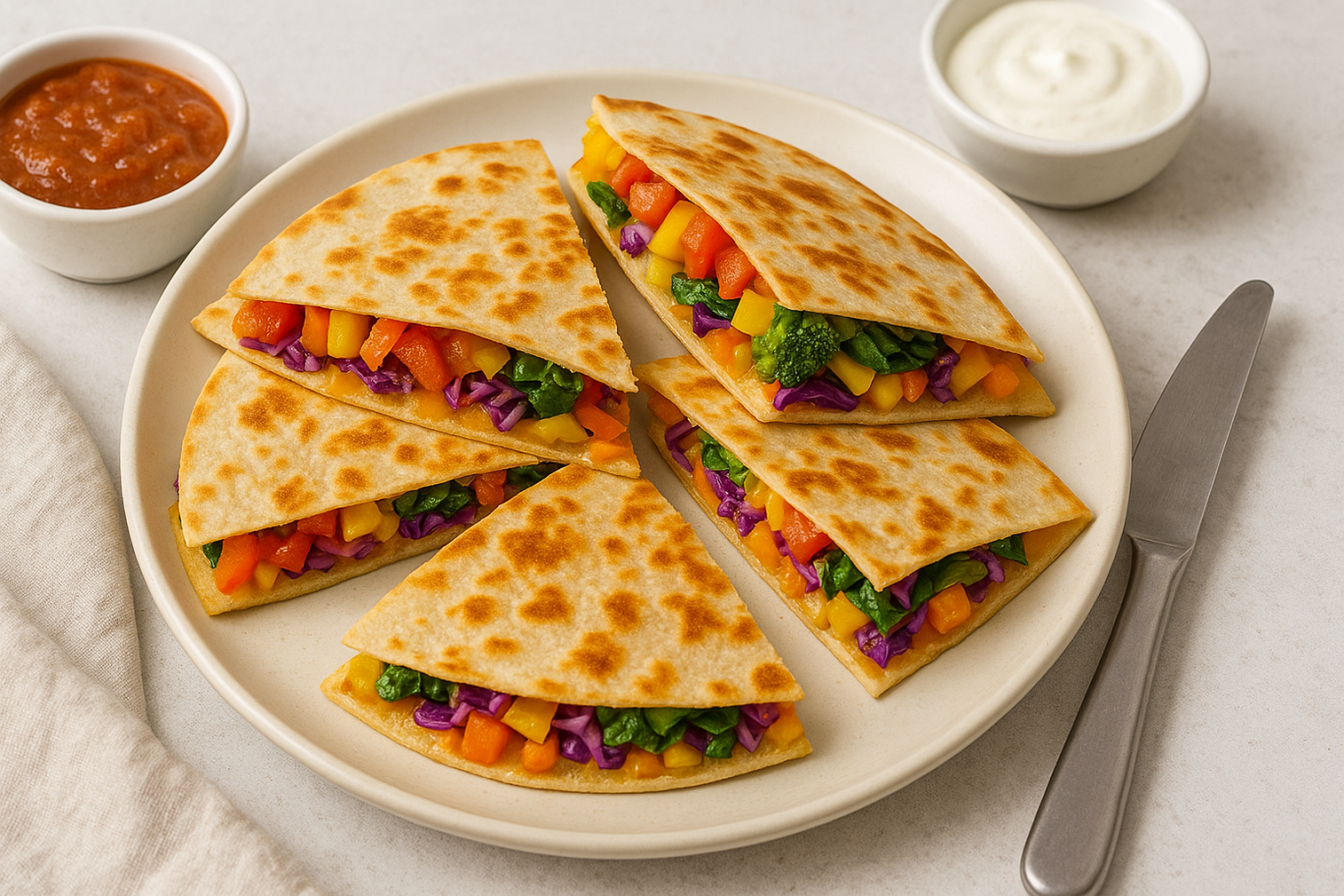
Why kids love it: They are colorful, cheesy, and easy to eat with fingers.
Ingredients:
- 1 whole wheat tortilla
- ½ cup shredded cheddar or mozzarella cheese
- ¼ cup chopped bell peppers (red, yellow, green)
- ¼ cup corn
- 2 tablespoons chopped spinach
- Olive oil for cooking
Instructions:
- Heat a pan and add a bit of oil.
- Place the tortilla on the pan and sprinkle cheese and vegetables on one half.
- Fold the tortilla and cook both sides until golden brown.
- Cut into triangles and serve warm.
Tip: Using whole grain tortillas adds extra fiber to the meal.
2. Fruity Yogurt Parfaits
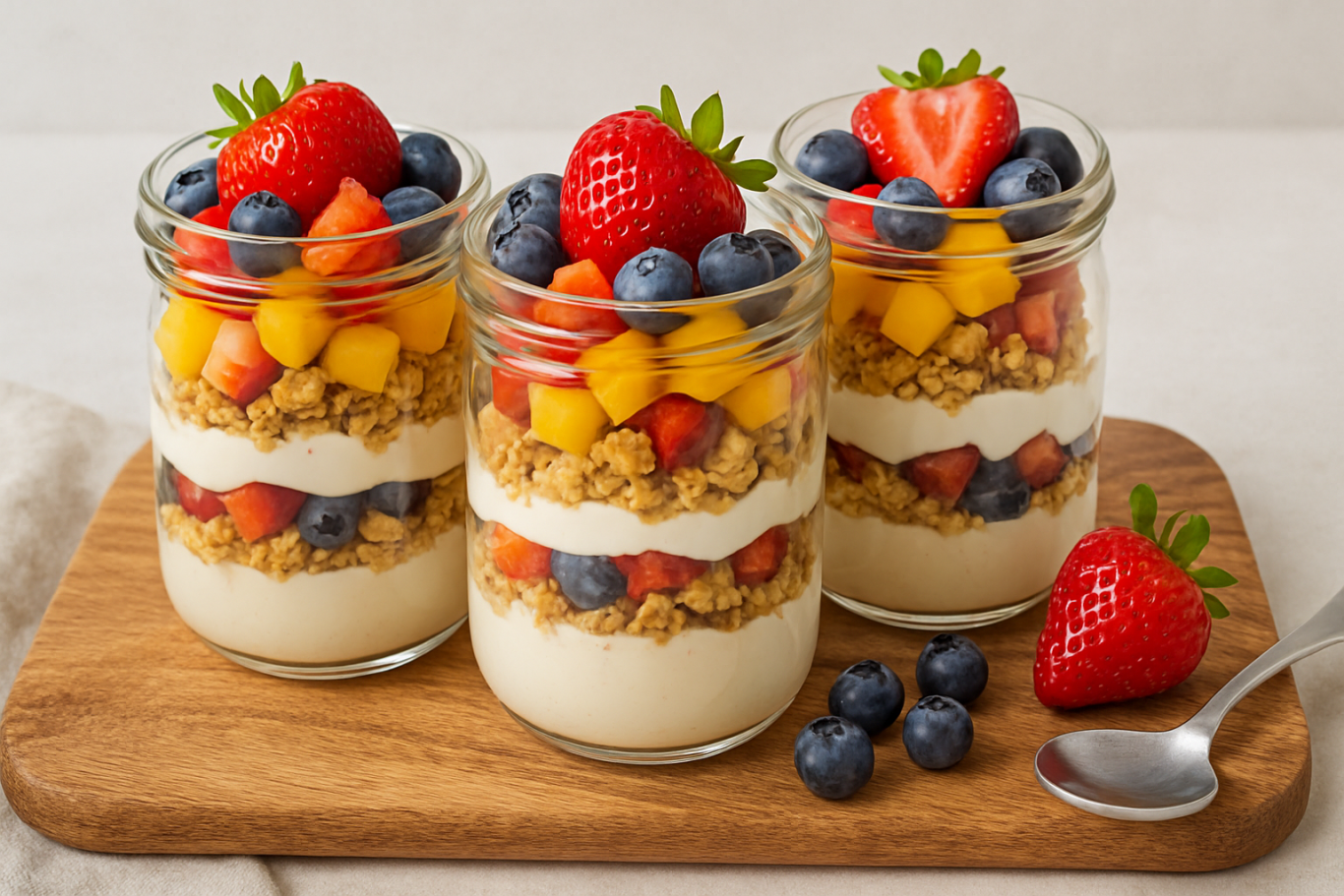
Why kids love it: It looks like dessert, but it is a nutritious snack or breakfast.
Ingredients:
- 1 cup plain Greek yogurt
- ½ banana, sliced
- ½ cup mixed berries (fresh or frozen)
- ¼ cup granola
- 1 teaspoon honey (optional)
Instructions:
- Layer yogurt, fruit, and granola in a cup.
- Repeat the layers and drizzle with honey if desired.
Tip: Greek yogurt is rich in protein and calcium for strong bones and muscles.
3. Mini Veggie Muffins

Why kids love it: They are soft, tasty, and fun to eat.
Ingredients:
- 1 cup grated zucchini or carrot
- 1 egg
- 1 cup whole wheat flour
- ½ teaspoon baking soda
- ½ teaspoon salt
- ½ cup milk
- ¼ cup olive oil
- ¼ cup shredded cheese
Instructions:
- Preheat oven to 180°C (350°F).
- Mix all ingredients in a bowl.
- Pour into greased mini muffin trays.
- Bake for 15 to 20 minutes.
Tip: These muffins are perfect for lunchboxes or after-school snacks.
4. Chicken and Veggie Rice Bowls

Why kids love it: They get to build their own bowl with their favorite ingredients.
Ingredients:
- 1 cup cooked brown rice
- ½ cup cooked chicken pieces
- ¼ cup steamed broccoli
- ¼ cup chopped carrots
- 2 tablespoons sweet corn
- 1 tablespoon soy sauce or sesame dressing
Instructions:
- Add rice to a bowl and arrange chicken and vegetables on top.
- Let kids mix the ingredients themselves.
- Drizzle lightly with sauce.
Tip: Use lean chicken and brown rice for more protein and fiber.
5. Baked Sweet Potato Fries

Why kids love it: They are crispy on the outside and soft inside.
Ingredients:
- 2 sweet potatoes
- 1 tablespoon olive oil
- ½ teaspoon paprika
- ¼ teaspoon salt
Instructions:
- Preheat oven to 200°C (400°F).
- Peel and cut the sweet potatoes into strips.
- Toss with olive oil, paprika, and salt.
- Bake for 25 to 30 minutes, flipping halfway.
Tip: Sweet potatoes are rich in vitamin A and antioxidants.
Making Healthy Eating Fun for Kids
Here are a few ways to make healthy food recipes for kids even more enjoyable:
- Use cookie cutters to shape fruits, sandwiches, and pancakes
- Let kids help with washing, mixing, and serving
- Add a variety of colors to every meal
- Keep meals simple and avoid pressure during mealtime
Healthy Meals, Smarter Minds
With the right approach, healthy food recipes for kids can be simple, delicious, and part of a fun daily routine. The meals shared above are designed to keep your child nourished and satisfied throughout the day. From rainbow quesadillas to sweet potato fries, each dish is packed with essential nutrients that growing kids need.
And while you’re helping your child eat better, consider supporting their brain development too. At Timedoor Academy, we offer online coding classes for kids that are just as exciting and educational as a well-balanced meal. Learning to code improves logical thinking, creativity, and confidence.
Sign up for a free trial class at Timedoor Academy today and give your child the tools to succeed both in the kitchen and in the digital world.
